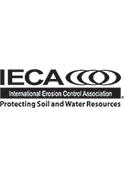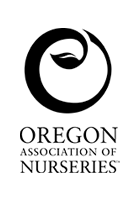
February Grow Tips—Prepping Spring Plants And Vacation Watering
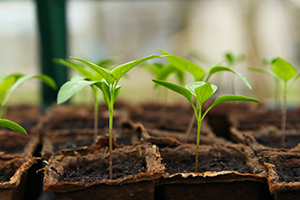
In February, we have spring fever (believe it or not!). Now is prime time for growers to cultivate cuttings in greenhouses—and the investment made now in plant starts will pay off in a few months when landscapers and garden center consumers plant gardens, beds, containers and hanging baskets.
On the home front, snowbirds are planning warmer-winter getaways and, across the board, those of us who are seeking a change of scenery are booking flights again. You’ve got a to-do list before you head out for a New Year vacation—but what about the houseplants? Wouldn’t it be nice if there was a set-it-and-forget-it way to ensure your plants would get properly fed while you’re gone?
Here are some helpful strategies to put into practice.
Develop Strong Roots
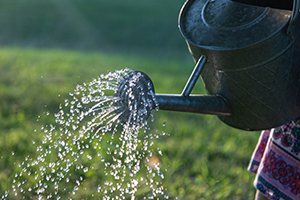
Quality cuttings depend on well-established roots, and by fortifying a plant’s “foundation,” you can achieve better outcomes and a greater yield of plant starts to eventually sell. This is where biostimulants like E-Z Root come into play. Look for a product that is OMRI listed for organic use and contains pure microbial cultures, which will help plants improve resistance to stressor like lack or water, insects, bacteria, fungus, and weeds. All of these factors can interfere with a plant’s ability to properly develop. Biostimulants like E-Z Root, Plant Thrive and Seed Generator are made from beneficial bacterial, natural sugars, kelp, and humic acid. Growers who use E-Z Root have told us that using the product during the incubation period has helped them achieve high-quality standards.
Good Chemistry
Some homeowners report watering certain houseplants twice per day, especially during hot months. And even in winter, plants might not lose as much moisture—but if the heat indoors is running, the dry air does impact soil-water retention, even if only a bit. The good news is, you can basically recruit a watering babysitter for your houseplants when you use a polymer-based water management aid that is environmentally friendly, nontoxic, and basically acts like insurance.
Soil Moist polymers are hydrophilic, which means they love water. Think of the molecules your chemistry teacher described—joined together with a ladder with rungs. When the polymers are watered, they swell up and hold about 200 to 400 times their weight. The roots, when ready for water, will steep down and put pressure on the polymer, releasing moisture only when needed. This avoids one of the two most common watering problems—too much water. (The other watering problem is not enough H20).
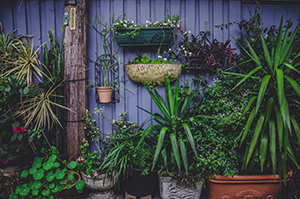
Take to the Mat
Soil Moist vacation watering mats keep plants healthy for up to three weeks by absorbing up to 2 quarts of water that are time-released to the plant root zone. You can unroll at mat onto a cookie sheet, apply water, and set containers on the mats. As long as the container has a drainage hole, the roots will absorb water when the plants need it.
Mix In Moisture
Existing plants can benefit from mixing in Soil Moist polymer granules, which also reduces soil compaction—basically, this chokes out roots and stops them from absorbing nutrients. Granules last for three to five years and decrease watering by up to 50 percent. The easiest way to incorporate Soil Moist into existing containers is to use a knife or screwdriver to puncture holes into the soil. Then, apply the granules and water them in. (They will not work the same way if you simply sprinkle them on top of the soil.)
Learn more about JRM Chemical products—and ask us how you can reduce watering and grow healthier plants. We’d love to answer your questions!
Back to Blog »


